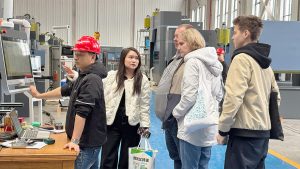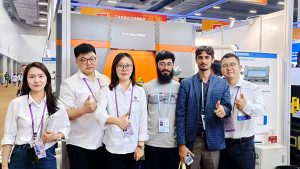
introduction
A. The impact of technological progress on the sheet metal processing market
1. The progress of science and technology makes sheet metal processing equipment more intelligent and automated.
For example, CNC punching machines, laser cutting machines and other equipment now appearing on the market can achieve high-speed, high-precision processing, greatly improving the efficiency of sheet metal processing.
2. Optimize product quality The progress of science and technology makes sheet metal processing technology more exquisite.
Through the use of advanced processing technology, such as heat treatment, surface treatment, etc., the quality of sheet metal products can be effectively improved to meet the requirements of a variety of complex structures and high strength performance.
3. Sheet metal processing equipment is gradually localized, the price is more affordable.
The application of intelligent equipment also makes the production process more energy-saving and environmentally friendly, thus reducing overall production costs.
4.Technological advances have broadened the application of sheet metal processing.
Nowadays, sheet metal products are widely used in aviation, aerospace, electronics, communications and many other industries, and the market demand continues to grow!
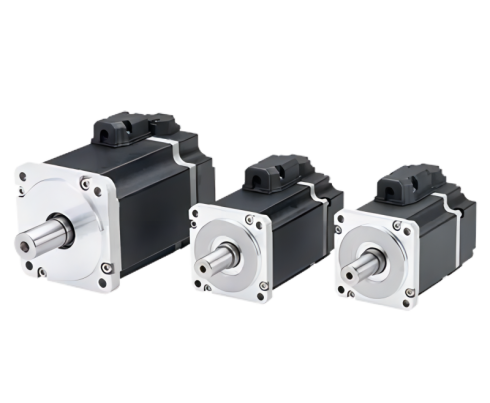
Overview of the historical development of the technological revolution in sheet metal processing equipment
1. Traditional Sheet Metal Processing Era
As early as in ancient times, people began to use simple tools for sheet metal processing. With the advent of the industrial revolution, sheet metal processing gradually developed into an important processing method.
2. Mechanization Era
At the beginning of the 20th century, mechanized sheet metal processing equipment gradually replaced traditional manual processing. During this period, basic equipment such as punching machines and shearing machines were widely used.
3.Automation Era
In the mid-20th century, sheet metal processing entered the automation era. The emergence of numerical control equipment makes the sheet metal processing process more accurate and efficient.
4.Intelligent Era
In recent years, with the continuous development of artificial intelligence, big data and other technologies, sheet metal processing equipment has gradually become intelligent. Intelligent factories, unmanned workshops and other new production modes continue to emerge.
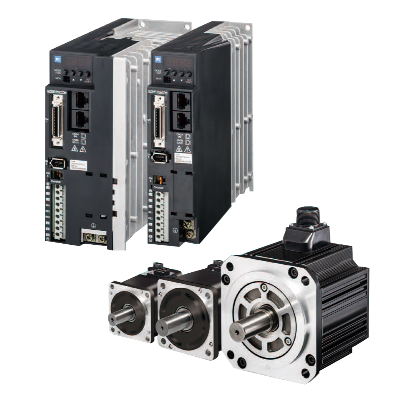
Industrial Laser Cutting Machine Technological Revolution
A. Transition from CO2 Oscillator to Fiber Optic Oscillator
The transition from CO2 oscillators to fiber optic oscillators marks a significant technological advancement in the field of industrial laser cutting machines. CO2 oscillators, traditionally used as communication oscillation devices, played a pivotal role in the advancement of communication technology. However, with the continuous progress of technology and the increasing demands of applications, the limitations of CO2 oscillators in terms of performance, energy consumption, and stability became apparent.
As a result, researchers began seeking more advanced and environmentally friendly oscillator technologies, leading to the transition from CO2 oscillators to fiber optic oscillators. Fiber optic oscillators, as a new type of communication oscillation device, offer numerous advantages. Firstly, they provide faster transmission rates, meeting the modern communication demands for high-speed and high-capacity transmission. Secondly, fiber optic oscillators have lower energy consumption, contributing to energy conservation and environmental protection efforts. Additionally, they exhibit better stability and reliability, capable of handling various challenges in complex environments.
B. Impact on the Sheet Metal Processing Industry
The transition to fiber optic oscillator technology has had profound implications for the sheet metal processing industry. Firstly, the high-speed and high-precision characteristics of fiber optic oscillators have led to widespread adoption of industrial laser cutting machines in sheet metal processing. Compared to traditional CO2 oscillators, fiber optic oscillators enable faster completion of cutting tasks and higher machining precision, thereby enhancing production efficiency and product quality. Secondly, the low energy consumption and stability of fiber optic oscillators allow sheet metal processing companies to conserve energy and reduce production costs.
The elimination of the need for large quantities of cooling water and power supply contributes to more environmentally friendly production practices. Additionally, fiber optic oscillators offer longer service life and lower maintenance costs, enabling sheet metal processing companies to sustain high-efficiency production over extended periods of time.
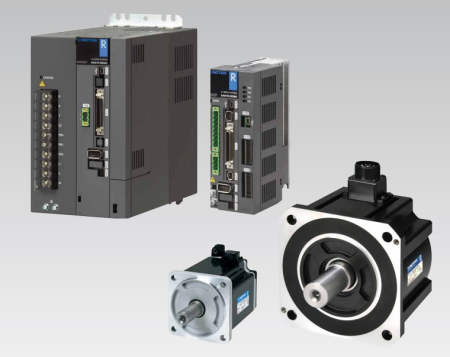
Evolution of press brake drive mode
Mechanical drive to hydraulic drive to hybrid drive mode
The evolution of the drive mode of the press brake: from mechanical drive to hydraulic drive to oil-electric hybrid drive mode press brake as an important metal processing equipment, the evolution of its drive mode witnessed the development of China's metal processing technology and innovation. From the initial mechanical drive, to the later hydraulic drive, and then to the popularity of today's hybrid drive oil and electricity, press brake drive technology is constantly upgrading, for China's metal processing industry to provide a more efficient and intelligent means of processing.
Mechanical drive: the origin of the press brake and the early stage of development
Mechanical drive as the first press brake drive mode, which mainly relies on mechanical transmission to realize the movement of the table and tool bending action. This drive is simple, easy to manufacture and maintain. However, in the face of large, complex parts processing, mechanical drive press brake shows slow processing speed, low precision, low efficiency and other issues. Therefore, in the context of the continuous development of metal processing technology, the mechanical drive of the press brake gradually can not meet the needs of the industry, the improvement of the drive mode has become an inevitable trend.
Hydraulic drive: the leap of the press brake drive mode
With the continuous development of hydraulic technology, hydraulic drive has gradually replaced the mechanical drive to become the mainstream drive of the press brake. Hydraulic drive using hydraulic oil as the transmission medium, to achieve high-speed, high-precision tool bending.
Compared with mechanical drive, hydraulic drive has the following advantages
- Fast processing speed: hydraulic drive press brake using high-speed hydraulic motors, so that the tool bending speed is greatly increased, improving processing efficiency.
- High processing accuracy: the hydraulic drive system can realize precise flow control and pressure regulation, to ensure the accuracy of bending processing.
- Easy to operate: hydraulic press brake adopts centralized control, the operation panel is intuitive and easy to understand, convenient for operators to operate.
- Strong adaptability: hydraulic drive press brake can cope with a variety of complex processing tasks, to meet the processing needs of different types of parts.
Hybrid drive: intelligent development of press brake drive mode
Hybrid drive has gradually become a new trend in press brake drive technology. Hybrid drive combines the high efficiency of hydraulic drive with the intelligence of electric drive, further improving the performance and functionality of the press brake.
- Energy-saving and environmentally friendly: hybrid drive adopts both electric and hydraulic drive mode, which realizes the rational use of energy and reduces energy consumption.
- Intelligent: hybrid drive press brake with data acquisition, processing and storage functions, to achieve automated programming, fault diagnosis and other intelligent management.
- Diversification: oil-electric hybrid drive press brake can be based on processing needs, to achieve a variety of bending strategies and process parameters to adjust to meet the diverse processing needs.
- Networking: hybrid drive press brake supports networking with higher-level production management system to achieve real-time collection and sharing of production data, which helps to improve production efficiency.
Current mainstream press brake drive mode
All-electric servo drive
Servomotor-driven press brakes do not use hydraulic oil to transmit pressure, no hydraulic system and hydraulic oil, thus avoiding the negative impact on accuracy and speed, so that the bending accuracy can be maintained at all times, as well as for the ambient temperature and long time high load processing environment is also more adaptable.
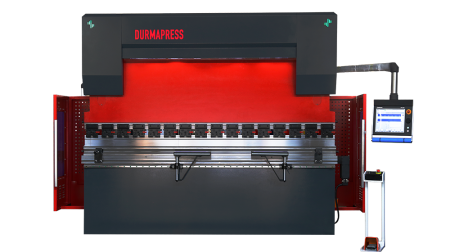
Comparison of press brake drive
A. Characteristics and limitations of electro-hydraulic valve-controlled drive mode
Electro-hydraulic valve-controlled drive method using hydraulic pumps and hydraulic valves to provide driving force, has the following characteristics:
Simple principle, stable structure, widely used in sheet metal processing field.
The control system controls the processing accuracy of the press brake by controlling the opening and closing time of the hydraulic valve.
Processing accuracy is greatly affected by changes in the temperature of the hydraulic oil. Processing accuracy decreases when the temperature is low in winter, and the temperature of the hydraulic oil rises after continuous operation resulting in fluctuations in processing accuracy.
Limitations
Processing accuracy is greatly affected by changes in the temperature of the hydraulic oil, and the requirements for the operator are high.
The machining accuracy and speed of the equipment are seriously affected when working in a low temperature environment.
After continuous operation, the temperature of the hydraulic oil rises, resulting in fluctuations in machining accuracy and increased operating difficulty.
B. Advantages and disadvantages of oil-electric hybrid pump-controlled drive mode
The oil-electric hybrid pump control drive method uses a servo motor to drive a piston pump to provide pressure, which has the following advantages and disadvantages:
- it improves the processing accuracy and efficiency of the press brake.
- the control system controls the flow rate, flow direction and flow of hydraulic oil through the direction of rotation and rotation speed of the servo motor, so that the pressure output of the hydraulic oil is more accurate.
- The piston pump uses less hydraulic oil, the temperature change of hydraulic oil is smaller, and the stability of machining accuracy is improved.
Disadvantages
- Higher equipment costs, requiring more investment.
- relatively high requirements for the operator, need to understand the characteristics of the hydraulic system to ensure machining accuracy.
C. Advantages and disadvantages of all-electric servo drive method
The all-electric servo drive method does not use hydraulic oil to transmit pressure and has the following advantages and disadvantages.
advantages
- high machining accuracy, high repetitive positioning accuracy and high stability.
- High machining efficiency and fast machining speed.
- Lower energy consumption and maintenance costs.
Disadvantages
- high cost of equipment, high requirement for investment.
- lower skill requirements for the operator, but the operation and maintenance technology requirements are higher, requiring specialized personnel for maintenance and repair.C Advantages and disadvantages of all-electric servo drive method.
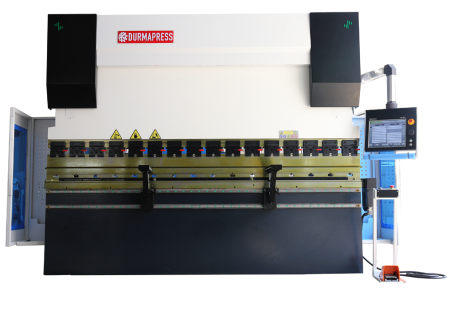
Explore the future development prospects of all-electric servo press brake
In today's era of rapid development of the manufacturing industry, advanced technology and innovative ideas continue to emerge. As a kind of high-efficiency and energy-saving metal forming equipment, the all-electric servo press brake has been widely used in various industries in China. Looking ahead, the development trend of all-electric servo press brake can be analyzed from the following aspects.
Technological innovation to drive future development
With the continuous progress of science and technology, the technological innovation of all-electric servo press brake will become a key factor in leading the development of the industry. The future all-electric servo press brake will have higher precision, faster response speed and stronger adaptability to meet diversified production needs. In addition, intelligent, networked, green will also become an important development direction of all-electric servo press brake.
Diversified expansion of industry applications
All-electric servo press brake as a metal forming equipment, its application in various industries will be further expanded. With the rapid development of new energy vehicles, aerospace, rail transportation and other high-end manufacturing industry, the demand for all-electric servo press brake will continue to increase. In addition, as China's urbanization process accelerates, construction, decoration, furniture and other industries will continue to grow market demand for all-electric servo press brake to provide a broader application space.
Policy support to help industrial upgrading
China's government attaches great importance to the development of advanced manufacturing, all-electric servo press brake as one of the representatives of intelligent manufacturing, will benefit from policy support. The government will give all-electric servo press brake industry support in R&D investment, industrial synergy, personnel training, etc., to promote industrial technology innovation and industrial upgrading.
About Us
Durmapress specializes in designing, manufacturing and selling various metal processing equipment, including bending machines, shears, punches, laser cutting machines, etc. The company was founded in 2000. With years of experience and technology accumulation. DurmaPress has become one of the well-known brands in China's metal processing machinery industry.
Contact Us
Recent Posts
Categories
Follow Us
Weekly New Video
Contact us for more information
If you have any information about our products, please contact us and we will reply within 24 hours.
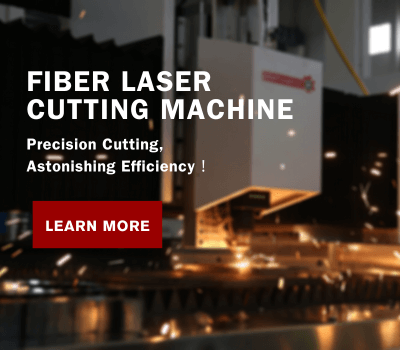
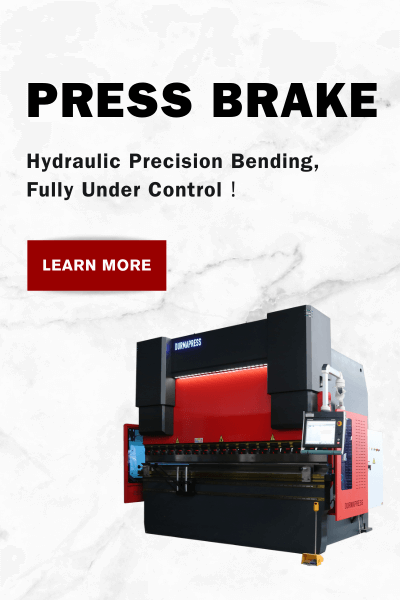

-300x169.jpg)
